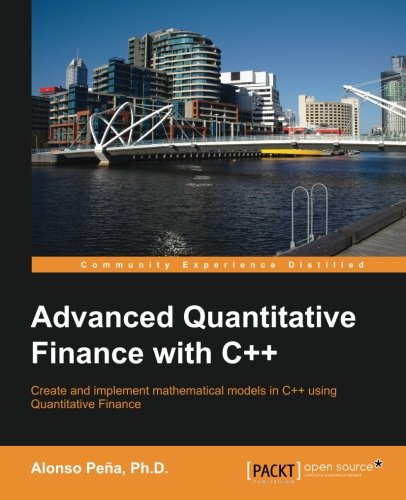

Most ebook files are in PDF format, so you can easily read them using various software such as Foxit Reader or directly on the Google Chrome browser.
Some ebook files are released by publishers in other formats such as .awz, .mobi, .epub, .fb2, etc. You may need to install specific software to read these formats on mobile/PC, such as Calibre.
Please read the tutorial at this link: https://ebookbell.com/faq
We offer FREE conversion to the popular formats you request; however, this may take some time. Therefore, right after payment, please email us, and we will try to provide the service as quickly as possible.
For some exceptional file formats or broken links (if any), please refrain from opening any disputes. Instead, email us first, and we will try to assist within a maximum of 6 hours.
EbookBell Team

5.0
70 reviewsCreate and implement mathematical models in C++ using quantitative finance
Overview
In Detail
This book will introduce you to the key mathematical models used to price financial derivatives, as well as the implementation of main numerical models used to solve them. In particular, equity, currency, interest rates, and credit derivatives are discussed. In the first part of the book, the main mathematical models used in the world of financial derivatives are discussed. Next, the numerical methods used to solve the mathematical models are presented. Finally, both the mathematical models and the numerical methods are used to solve some concrete problems in equity, forex, interest rate, and credit derivatives.
The models used include the Black-Scholes and Garman-Kohlhagen models, the LIBOR market model, structural and intensity credit models. The numerical methods described are Monte Carlo simulation (for single and multiple assets), Binomial Trees, and Finite Difference Methods. You will find implementation of concrete problems including European Call, Equity Basket, Currency European Call, FX Barrier Option, Interest Rate Swap, Bankruptcy, and Credit Default Swap in C++.
What you will learn from this book
Approach
The book takes the reader through a fast but structured crash-course in quantitative finance, from theory to practice.